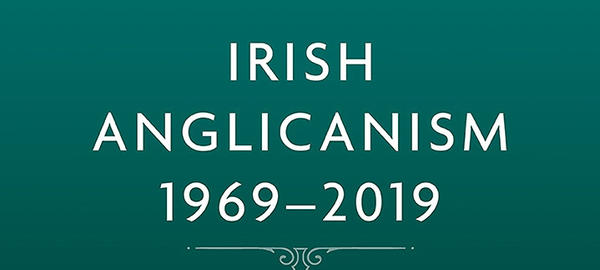Irish Anglicanism 1969-2019: Essays to mark the 150th Anniversary of the Disestablishment of the Church of Ireland
edited by Kenneth Milne & Paul Harron(Four Courts Press, €24.95)
Robert Marshall
In 1970, to mark the centenary of its disestablishment, a volume of essays edited by Fr Michael Hurley SJ was generously presented by 17 ecumenical essayists to the Church of Ireland. This collection of essays is different. Firstly, with one exception, the 27 essayists (13 of whom are lay people) are all members of Church of Ireland. Secondly, it contains a plate section of 47 photographs.
The individual essays are written with the insight of those who, by close participation, understand the culture and structure of the Church of Ireland. Yet criticisms and regrets are not avoided.
Dr Kenneth Milne addresses the historical context. A passionate contribution by the Bishop of Meath considers the issues of youth ministry and lay youth workers. (She express her antipathy to the phrase “Young people are the future of the Church”: to her they “are the present”.)
The recently retired Bishop of Down and Dromore, chronicles the ever changing adult worship experience of the church’s members over the age of 65. Pastoral care, clergy training, music, ecumenism, public relations, law, archives, and architecture also feature.
The collection concludes with two contributions on education by lay academics highlighting different concerns for the Church on either side of the border.
Given the themes, some divisive issues are alluded to rather than examined: amongst the simpler, the sociological consequences of inter-church marriages and their ecumenical influence. Perhaps such issues should be addressed by a successor to Fr. Hurley’s team.
Plate section
Many readers will turn to the splendid plate section first. Through it, we have a window into the subjects and issues addressed by the book, but it would be a mistake to think they can all be absorbed by a quick glance.
Unsurprisingly given his long primacy, Archbishop Eames is the predominant personality, appearing in six images.
A jovial ecumenical walkabout with Archbishop Brady, Rev. Harold Good (Methodist) and Rev. Dr Alistair Dunlop (Presbyterian) in Belfast in 2001, contrasts with the robed and sombre country prelate leading the funeral cortege of Corporal Crozier at Kilcluney, Co. Armagh in 1991.
The ‘Black Santas’ of St Ann’s cathedral in Belfast and St Ann’s Church in Dublin both highlight the social commitment of the Church.
The images of the ordination of the first women to the priesthood, and the consecration of the Most Rev. Pat Storey to be the first female bishop in Ireland or England, un-controversially mark changing times.
Photographs
There are photographs of exuberant children at the annual Summer Madness Camp, and of Archbishop Caird of Dublin with two other members (all fluent Irish speakers) of Cumann Gaelach na hEaglaise at the 1994 launch of the Collects in Irish.
The illustrations also highlight international connections: the 2011 meeting of the primates of the Anglican Communion at the Emmaus Centre in Dublin, and the 1973 visit of Archbishop Ramsey of Canterbury photographed in the company of President Childers, Archbishop Dermot Ryan, and Archbishop Buchanan who parachuted into Arnhem in 1944 as a padre.
This informative book is beautifully presented by Four Courts Press.
It is indispensable for those who wish to understand the mind of Irish Anglicanism, as within the changing structures of the Church, it navigates the challenges of modern life.
Rev. Robert Marshall is a priest ordained in the Church of Ireland serving in the Diocese of Dublin and Glendalough.


 photo: The Christian Mail
photo: The Christian Mail 